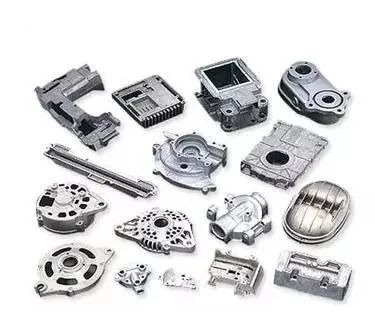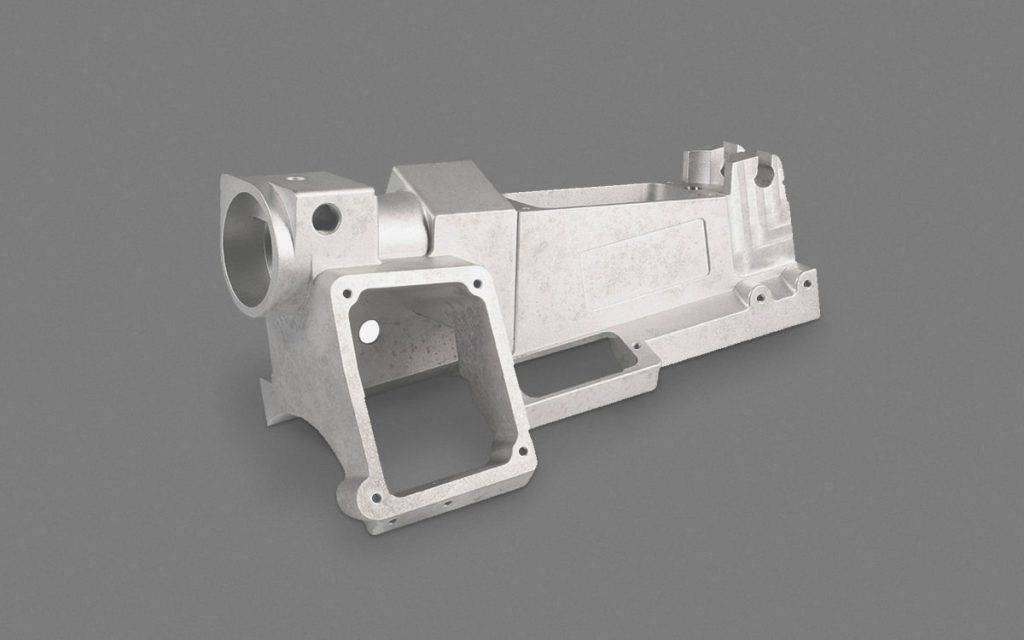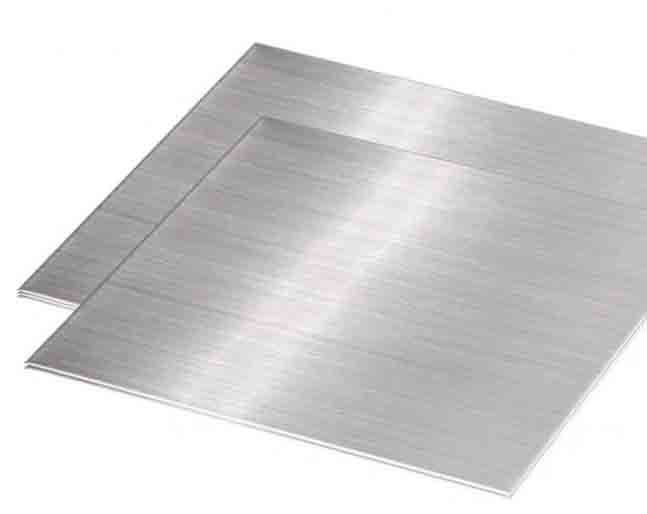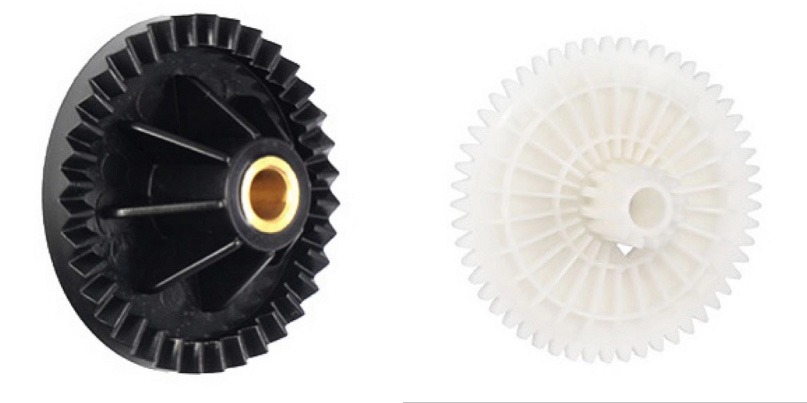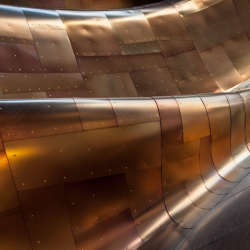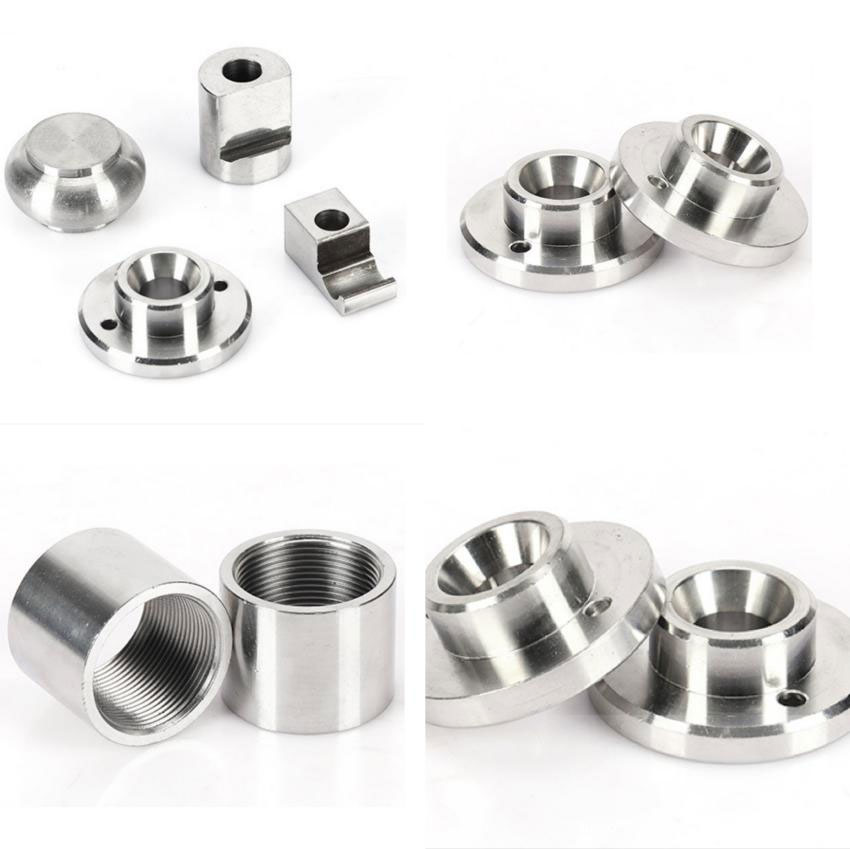What is Aluminum Alloy?
As a light metal material, aluminum alloy is an alloy based on aluminum and adds a certain amount of other alloying elements.
Aluminum alloys are non-toxic, easy to recycle, low in density, good in mechanical properties and processability, good in electrical conductivity and heat transfer, and are widely used in aerospace, marine, metal packaging, chemical industries, and other fields.
In the aerospace field, aluminum alloy has become the main material for manufacturing aircraft due to its lightweight and convenient processing.
In the marine industry, the aluminum alloy should reduce the overall weight of the ship due to its low density, and make use of the increase in the speed of the ship.
In terms of metal packaging, aluminum alloy is conducive to reducing environmental pollution due to its non-toxicity and easy recycling. Due to its good mechanical properties, lightweight, and high strength, it is beneficial for storage and transportation. Due to the good barrier performance, it can prevent the damage of the goods from the adverse environment, which is beneficial to prolong the shelf life of the goods. And the aluminum alloy packaging has a unique metallic luster, good touch, and beautiful appearance.
In the chemical industry, aluminum and aluminum alloys are widely used in heat exchange equipment, pipes, and many linings in chemical equipment.
What is Aluminum Alloy Die Casting
Aluminum alloy is currently the most widely used non-ferrous metal material in the die-casting industry. Aluminum alloy die-casting products are mainly used in electronics, automobiles, home appliance parts, some communication industries, and large aircraft, ships, and other fields.
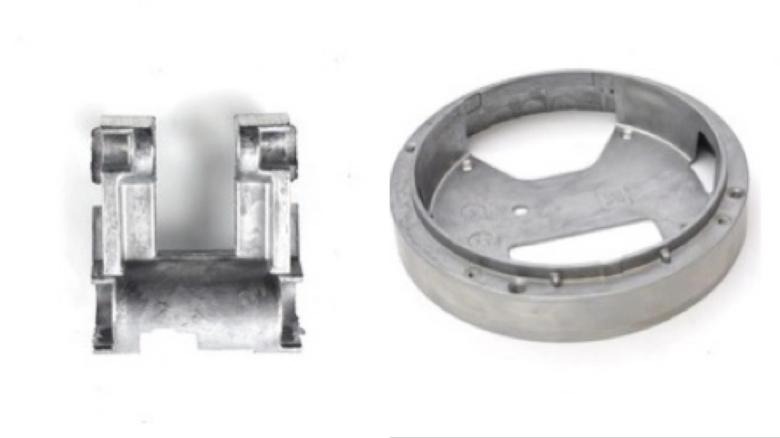
Reasons for Surface Treatment of Aluminum Alloy Die Casting
With the rapid development of science and technology and the industrial economy, people pay more and more attention to the production method of aluminum alloy and the method of surface treatment. In the air, the surface of the aluminum alloy will be quickly covered by a thin film, which can restrict the corrosion resistance of the aluminum alloy to a certain extent. The oxide film on the surface of the aluminum alloy is easily oxidized slowly in the atmospheric environment so that the aluminum alloy is corroded. This corrosion not only roughens the surface of the aluminum alloy but also has a certain impact on the properties of the aluminum alloy. Therefore, we carry out surface treatment on aluminum alloy die castings to effectively prevent the corrosion of aluminum alloys.
Causes of Aluminum Alloy Corrosion
The atmospheric corrosion behavior of aluminum alloys is a special chemical corrosion reaction. In the normal environment, the aluminum alloy material will contact with oxygen, water molecules, and other corrosive substances in the air and chemically react, thereby forming a thin oxide film on the surface of the aluminum alloy. The oxide film on the surface of these aluminum alloys continues to meet with water molecules or other substances in the air, and a more complex chemical reaction occurs, thereby causing the aluminum alloy to be corroded.
Factors of Atmospheric Corrosion of Aluminum Alloys
- Air Pollutants
The air contains a variety of pollutants combined with air components and a series of chemical changes occur.
Sulfur dioxide, for example, can be converted in contact with other components in the air. Sulfur dioxide accumulates on the surface of the aluminum oxide film, which increases the acidity of the film and destroys the oxide film on the surface of the aluminum alloy, thereby causing the aluminum alloy to gradually corrode.
- Climate and Environmental Impact
Water molecules in the air, water vapor, and air temperature will also affect the corrosion of aluminum alloys.
The water molecules and water vapor in the air adhere to the oxide film on the surface of the aluminum alloy, which liquefies the aluminum oxide film and accelerates the oxidation of the film, thereby causing the aluminum alloy to gradually corrode.
The higher the temperature and the drier the environment, the slower the corrosion will be. The lower the temperature and the more humid the environment, the easier it is to accelerate the oxidation of the oxide film.
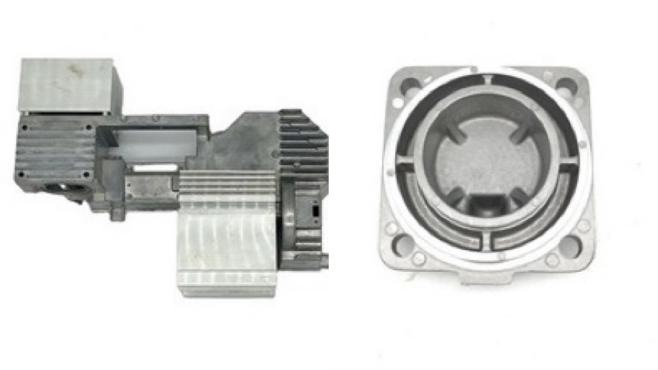
Physical Surface Treatment Method
The physical treatment method is to perform surface treatment on the surface of the aluminum alloy die-casting without changing its own composition.
Sandblasting Process
Sandblasting is to blast the surface of aluminum alloy die castings to change the appearance or shape of the outer surface of the workpiece surface. Generally, aluminum oxide or silicon dioxide with different particle sizes is used for surface treatment of aluminum alloy die castings, so as to increase the macroscopic roughness.
The sandblasting procedure cannot directly blast the aluminum alloy die castings to be treated. It is necessary to remove the oil, grease, and other contaminants on the surface before sandblasting, and then sandblasting is performed after the contamination is removed. The quality of the pre-blasting treatment affects the adhesion, appearance, moisture resistance, and corrosion resistance of the coating.
Mechanical Grinding Method
The mechanical grinding method is to grind the rough surface of aluminum alloy die castings by using some rough surface substances. When the aluminum alloy die-casting is treated by mechanical grinding, sandpaper, wire brush, etc. are generally used to grind the surface of the aluminum alloy. In addition, mechanical polishing can also be used as a pretreatment method for phosphoric acid anodization.
Chemical Method
Anodizing
Anodizing is a process in which aluminum and its alloys form an oxide film on aluminum products (anode) under the action of an applied current under the corresponding electrolyte and specific process conditions.
Aluminum and its alloys are placed in a corresponding electrolyte (such as sulfuric acid, chromic acid, oxalic acid, etc.) as an anode, and electrolysis is carried out under specific conditions and the action of an applied current. During this process, the aluminum of the anode or its alloy oxidizes, forming a thin layer of aluminum oxide on the surface. Generally speaking, the anode is made of aluminum alloy or aluminum as the anode, the cathode is selected from the lead plate, and the aluminum and lead plate are placed in the aqueous solution together. There are sulfuric acid, oxalic acid, chromic acid, etc., and then electrolysis is performed to form an oxide film on the surface of aluminum products. Of these acids, the most widespread is anodizing with sulfuric acid. The purpose is to improve corrosion resistance, enhance wear resistance and hardness, and protect metal surfaces.
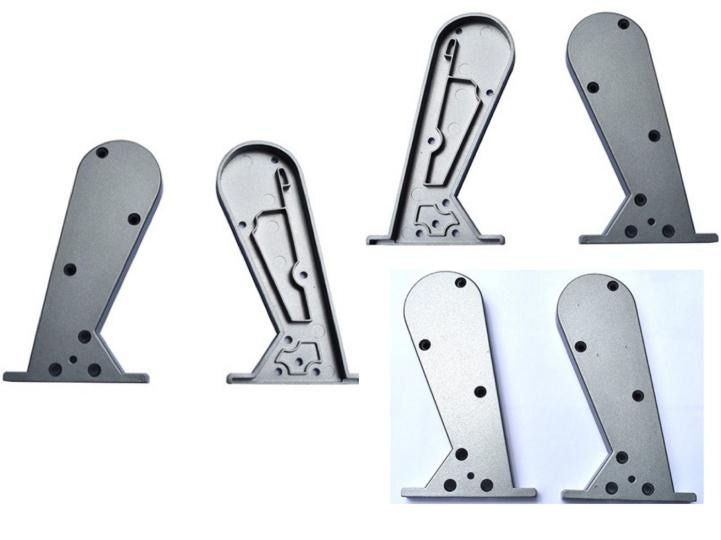
Micro-arc Oxidation
Micro-arc oxidation, also known as plasma electrolytic oxidation, is developed on the basis of anodizing technology, and the resulting coating is superior to that of anodizing. The corrosion and wear resistance of this method is significantly better than that of conventional anodized coatings.
When the anodic oxidation voltage reaches a certain critical value, the oxide layer on the surface of the material is broken down and arc discharge is generated, and instantaneous high temperature and high pressure are generated. The oxide film forms a non-metallic ceramic layer under the action of high temperature and high pressure.
Electro-coating
Electro-coating refers to a coating method that uses an external electric field to make particles such as pigments and resins suspended in the electrophoretic solution migrate and deposit on the surface of the substrate of one of the electrodes. Under the action of the electric field, the coating is deposited on the workpiece to form a uniform film. Electrophoretic coating combines the advantages of anodized film and polymer coating and has the advantages of the uniform paint film, strong adhesion, high paint utilization rate, and fast construction speed.
Phosphating
Phosphating is a commonly used pretreatment technology, which belongs to chemical conversion film treatment in principle. Mainly used for phosphating of the steel surface, non-ferrous metal (such as aluminum, or zinc) can also be used for phosphating.
Phosphating is a chemical and electrochemical reaction to form a phosphate chemical conversion coating process. The main purpose of phosphating is to prevent the metal from being corroded to a certain extent, to be used as a primer before painting, to improve the adhesion and anti-corrosion ability of the paint film, and so on.
Silylation Treatment
Silylation treatment is a new type of metal surface protective process developed in recent years. It is a process of surface treatment of metal or non-metallic materials with organosilane as the main raw material. It is non-polluting and has good corrosion resistance to the treated parts.
Compared with traditional phosphating, silanization has the following advantages: no phosphorus, no harmful heavy metal ions, and no heating. The silane treatment process does not produce sediment, the treatment time is short, the control is simple, the treatment steps are few, and the bath liquid can be reused. It can effectively improve the adhesion of the paint to the substrate and so on.
Conclusion
JTR is a manufacturer that provides high-quality rapid prototyping and mass manufacturing services. We provide services including CNC machining, surface treatment, die casting, 3D printing, etc., and are capable of product customization and production.


